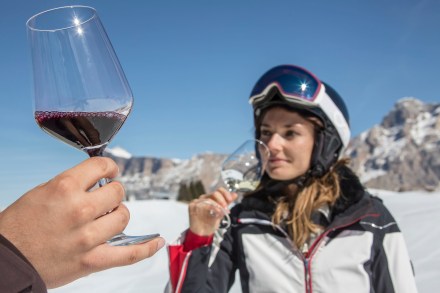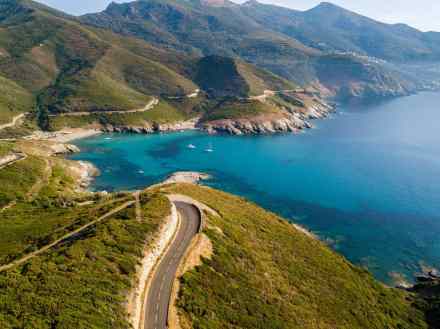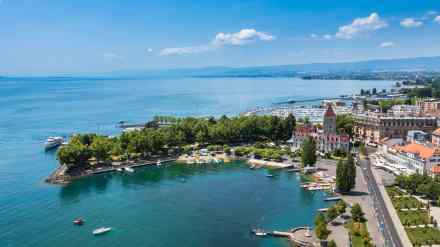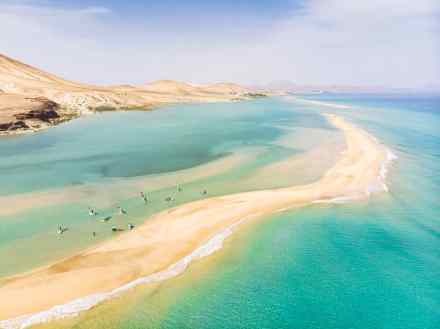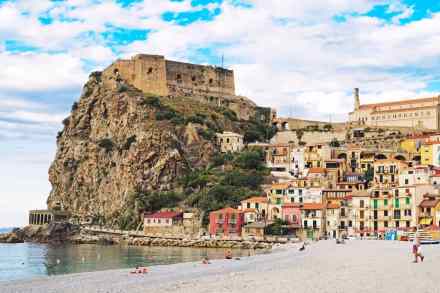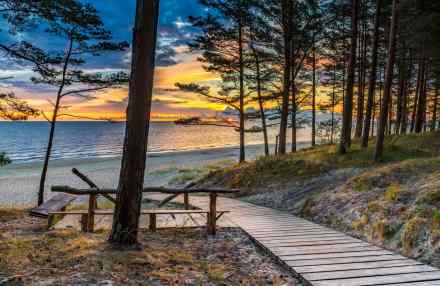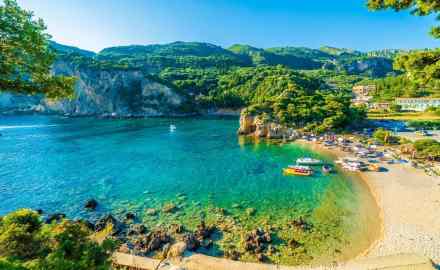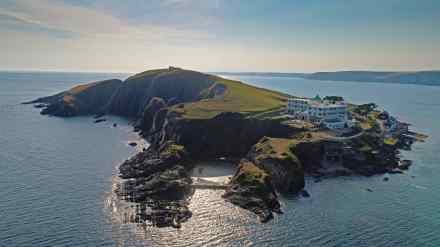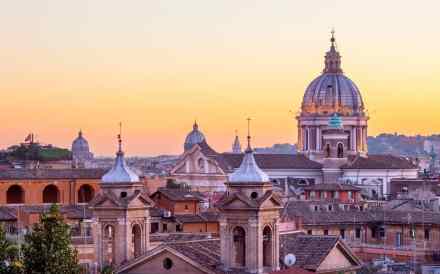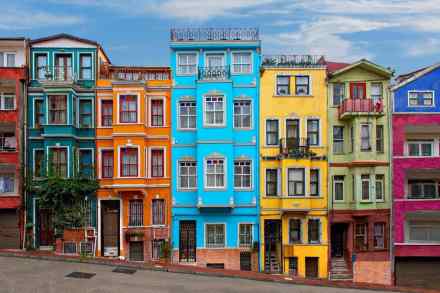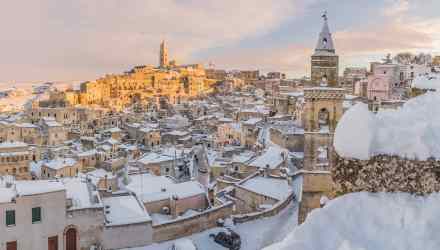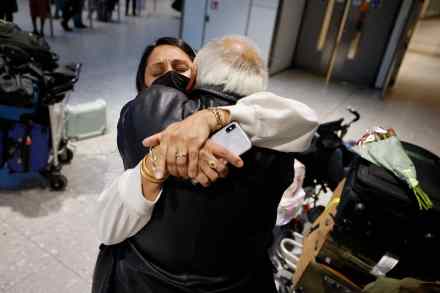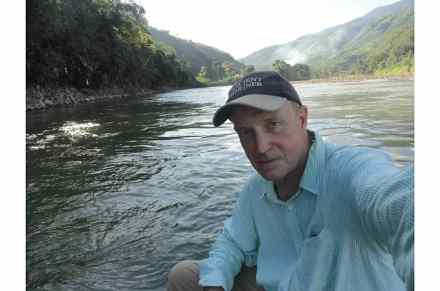How to combine skiing and wine tasting in the Dolomites
When planning a food and wine tour to Italy, the first ideas that spring to mind might be a road trip through the Tuscan hills or feasting at a sun-soaked villa in Puglia. Few would imagine themselves hurtling down a red slope amid rugged snow-capped scenery. And yet, unbeknownst to many, the Dolomites is arguably the gastronomic (and viticultural) capital of Italy. South Tyrol, the local region, has 19 Michelin-starred restaurants (24 stars in total) – making it the most decorated province in Italy. In the small resort of Alta Badia alone, there are four Michelin stars –all attached to one restaurant, the St. Hubertus. Up till recently it had
